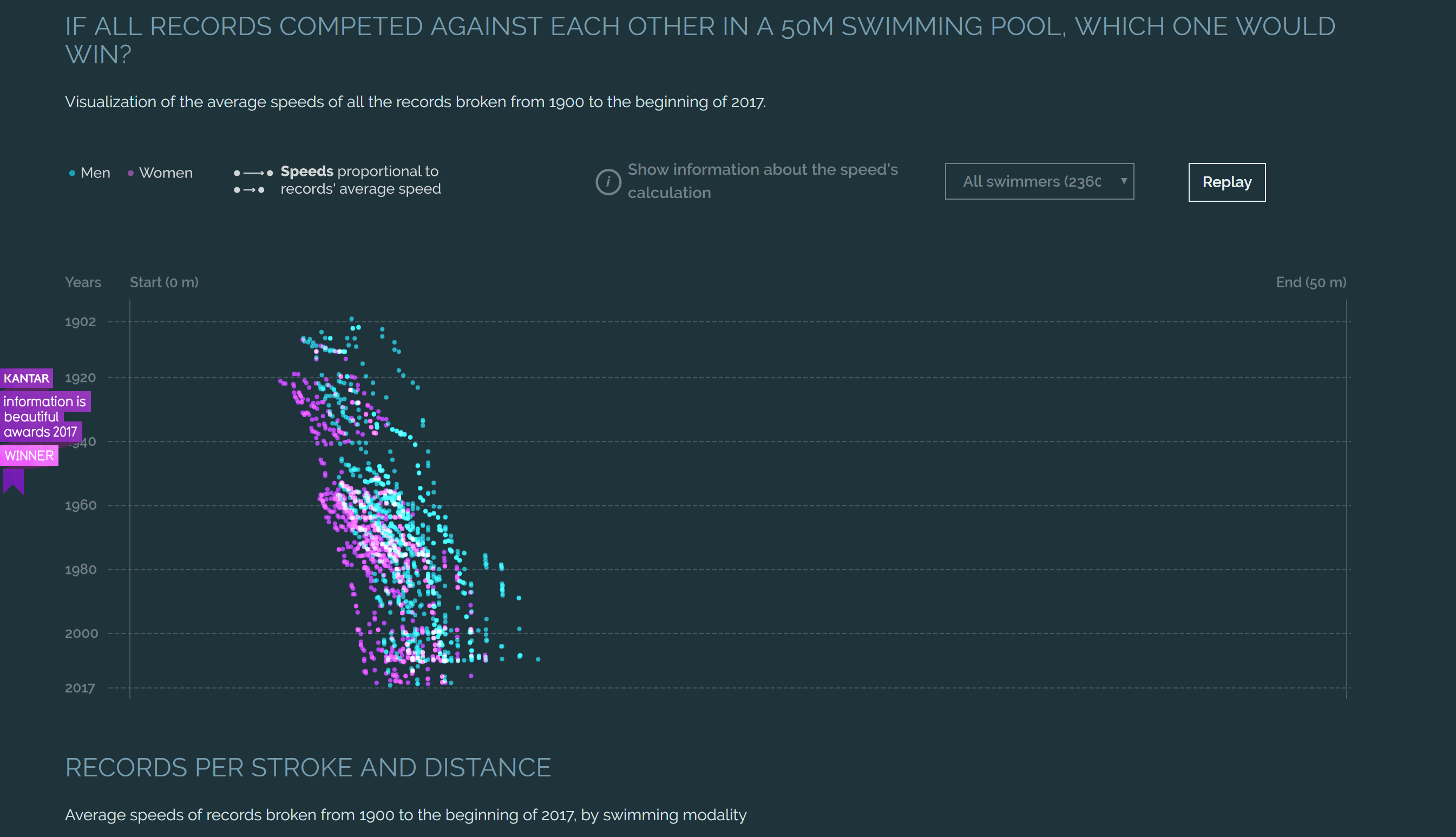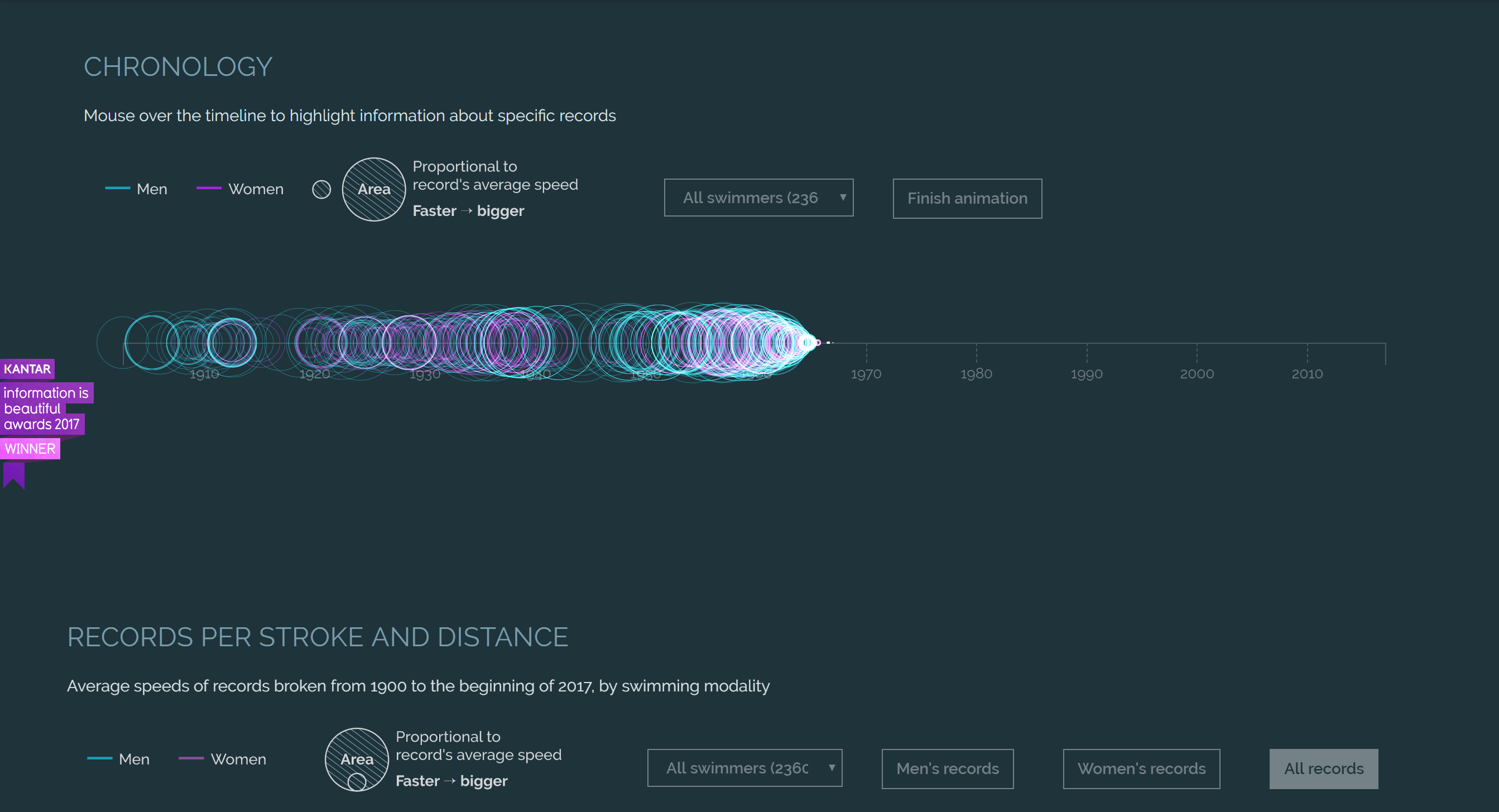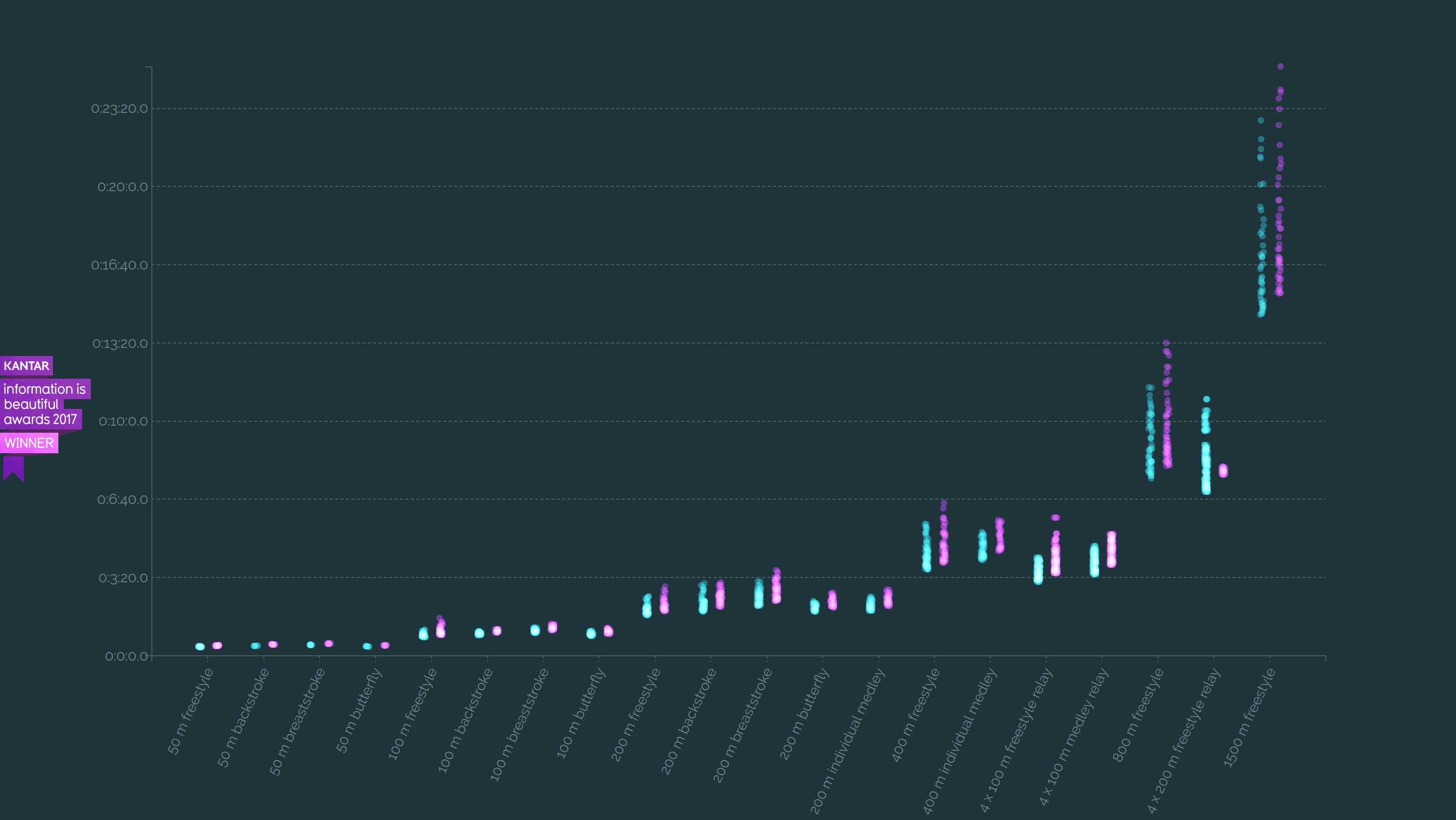
We live in a world of information exploration and yet we do not even notice how that data interacts with our daily life. Data mostly comes with large amounts of numbers or texts from different organizations of data sources. The question is how could we visualize these mass data representations to the world, and how do we interact with this data? ‘Information visualization as a mapping between discrete data and a visual representation. We can also use different concepts besides “representation,” each bringing an additional meaning.’ (Lev Manovich 2010)



